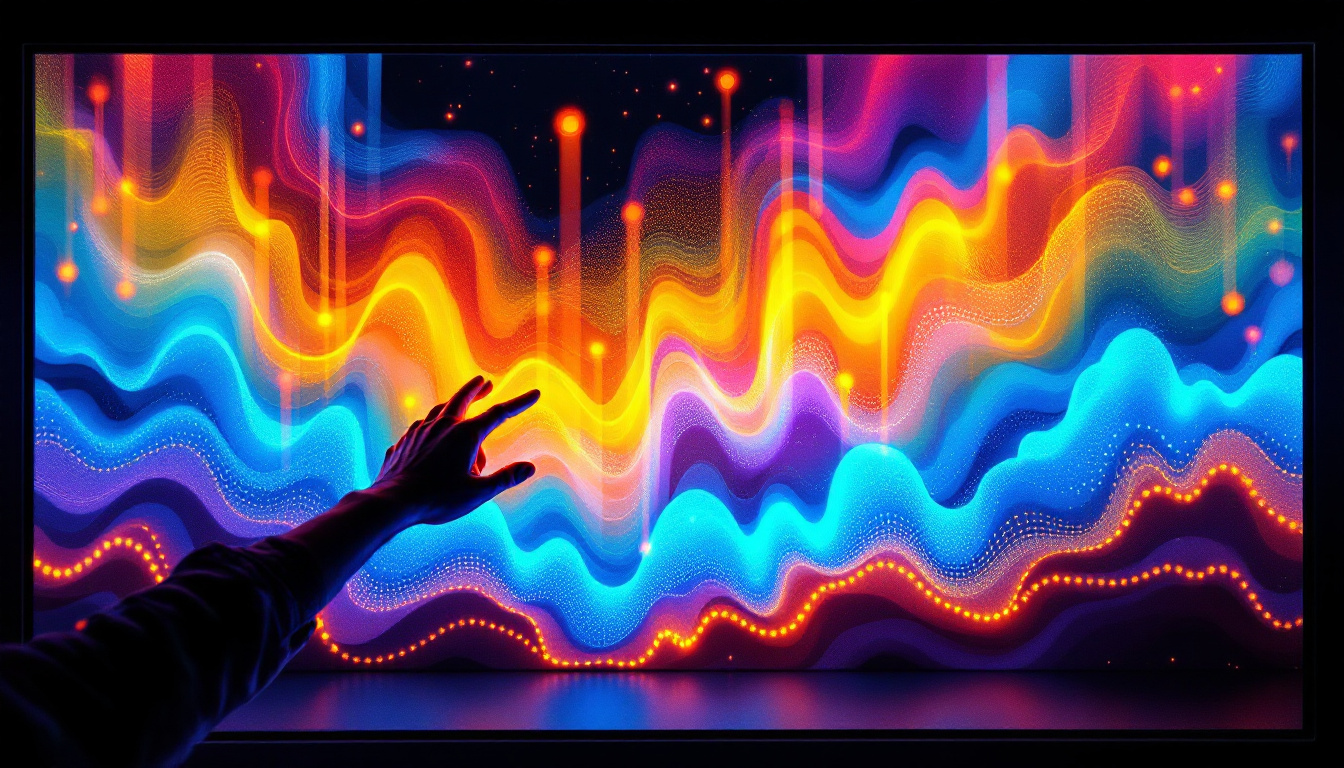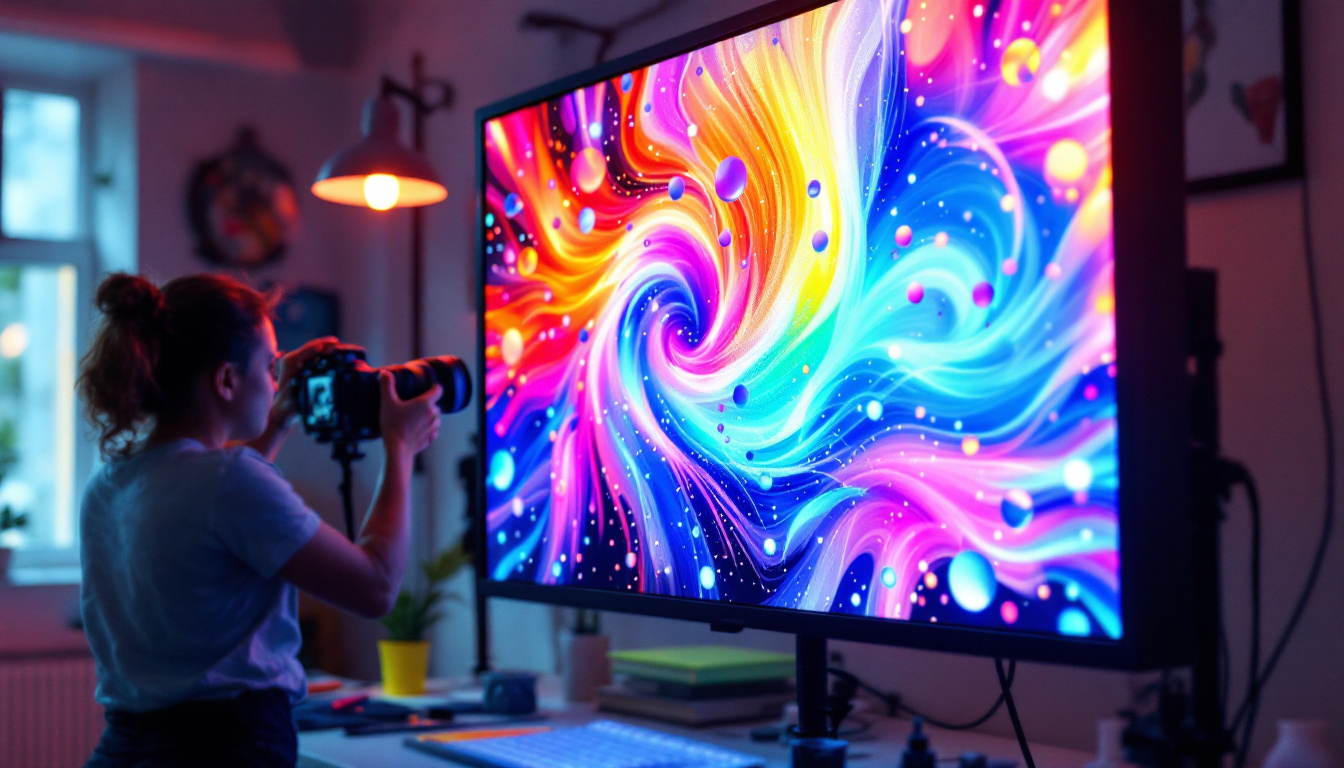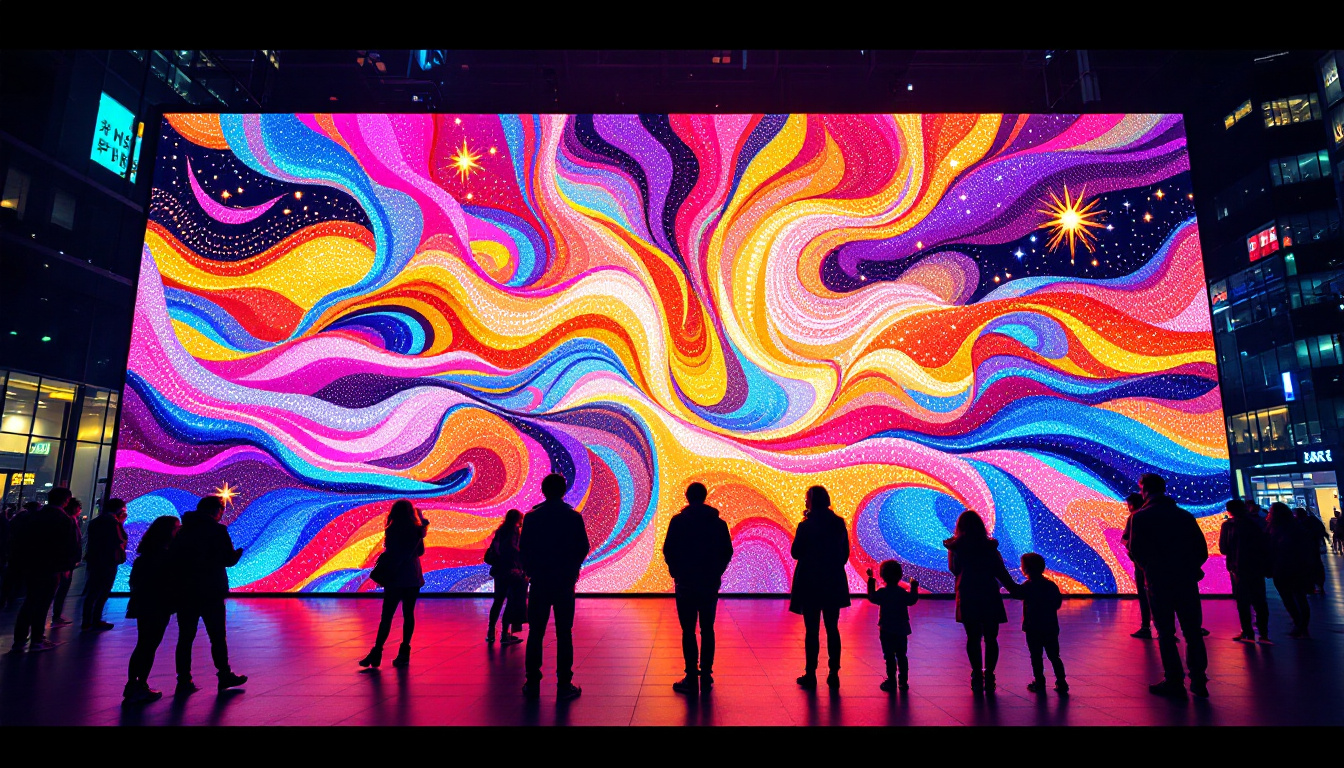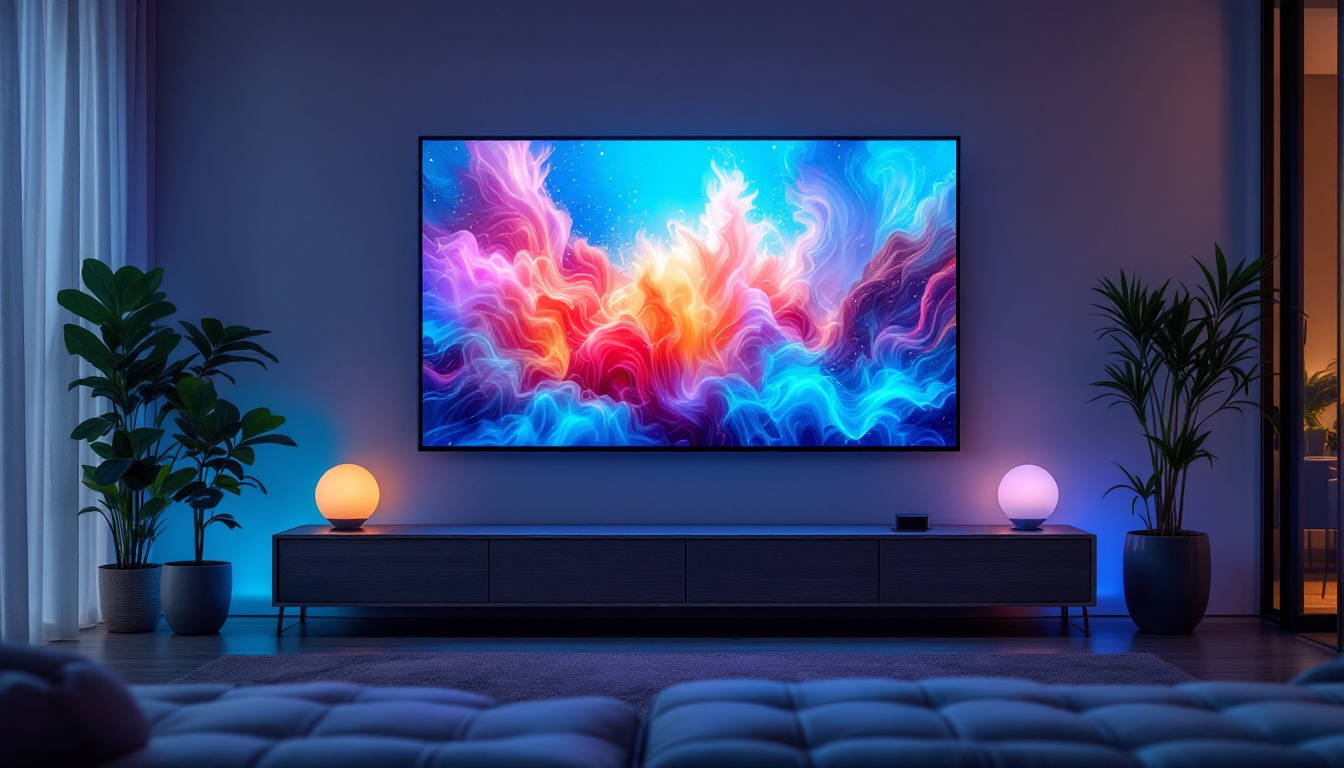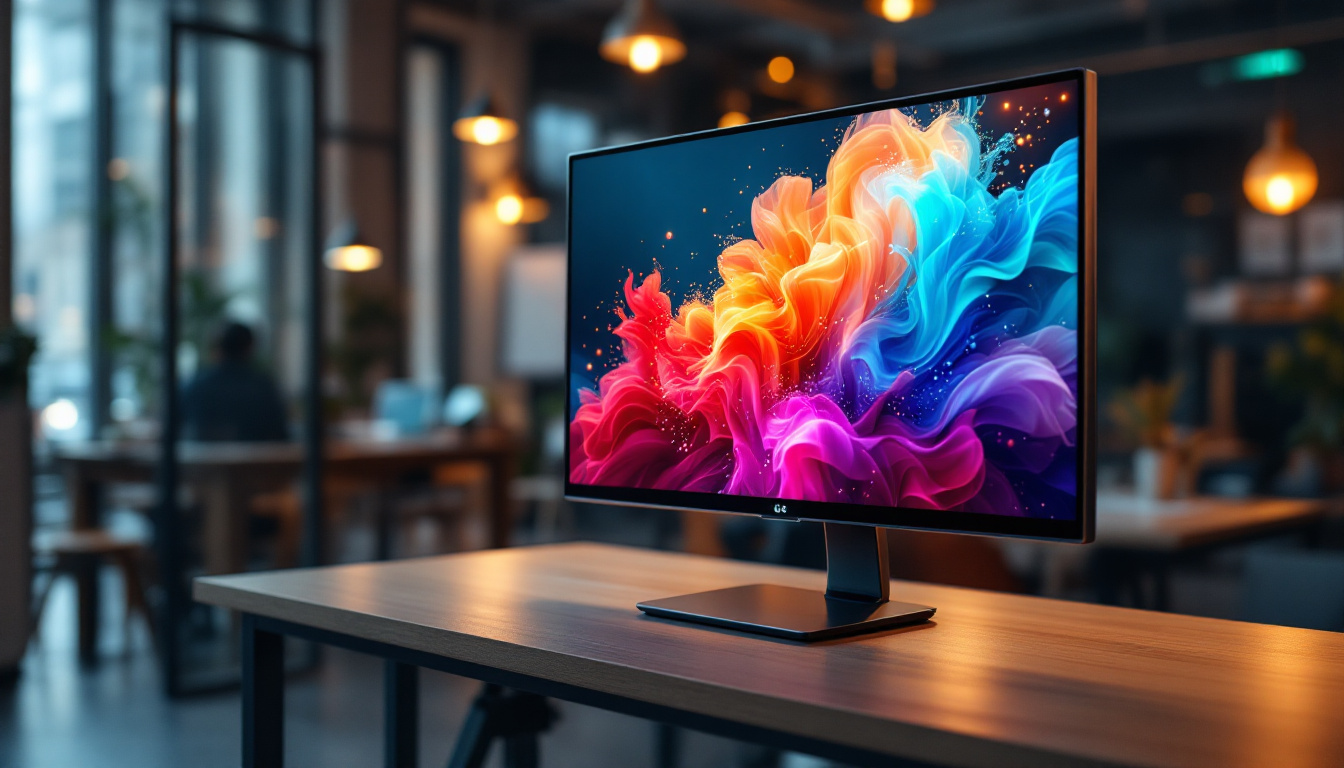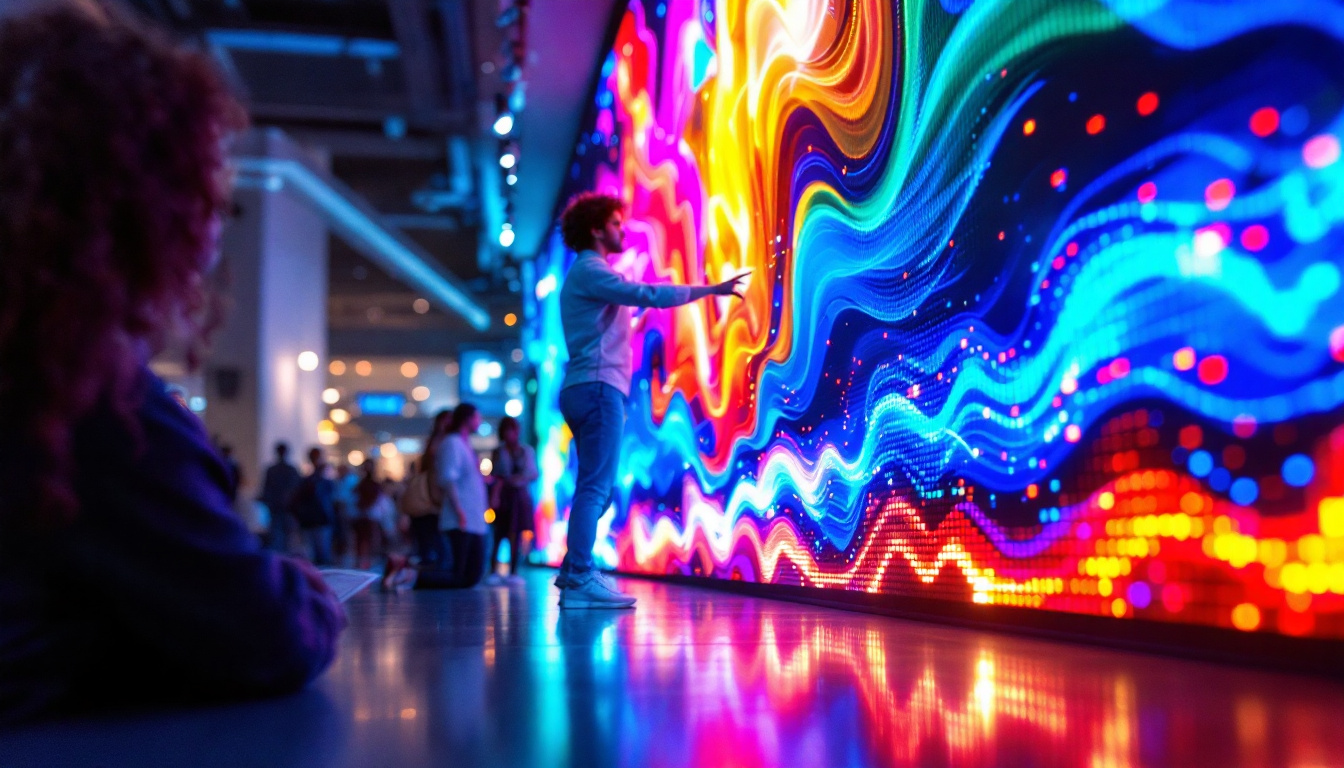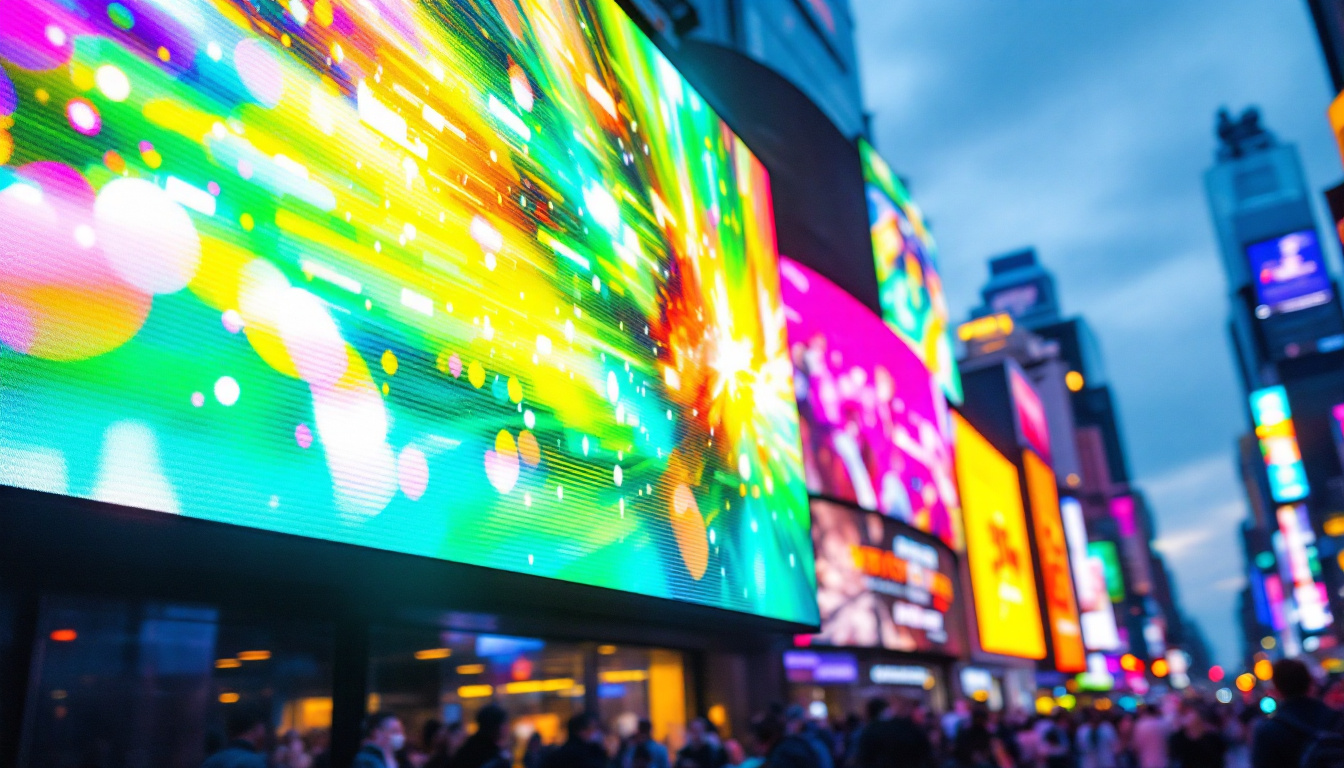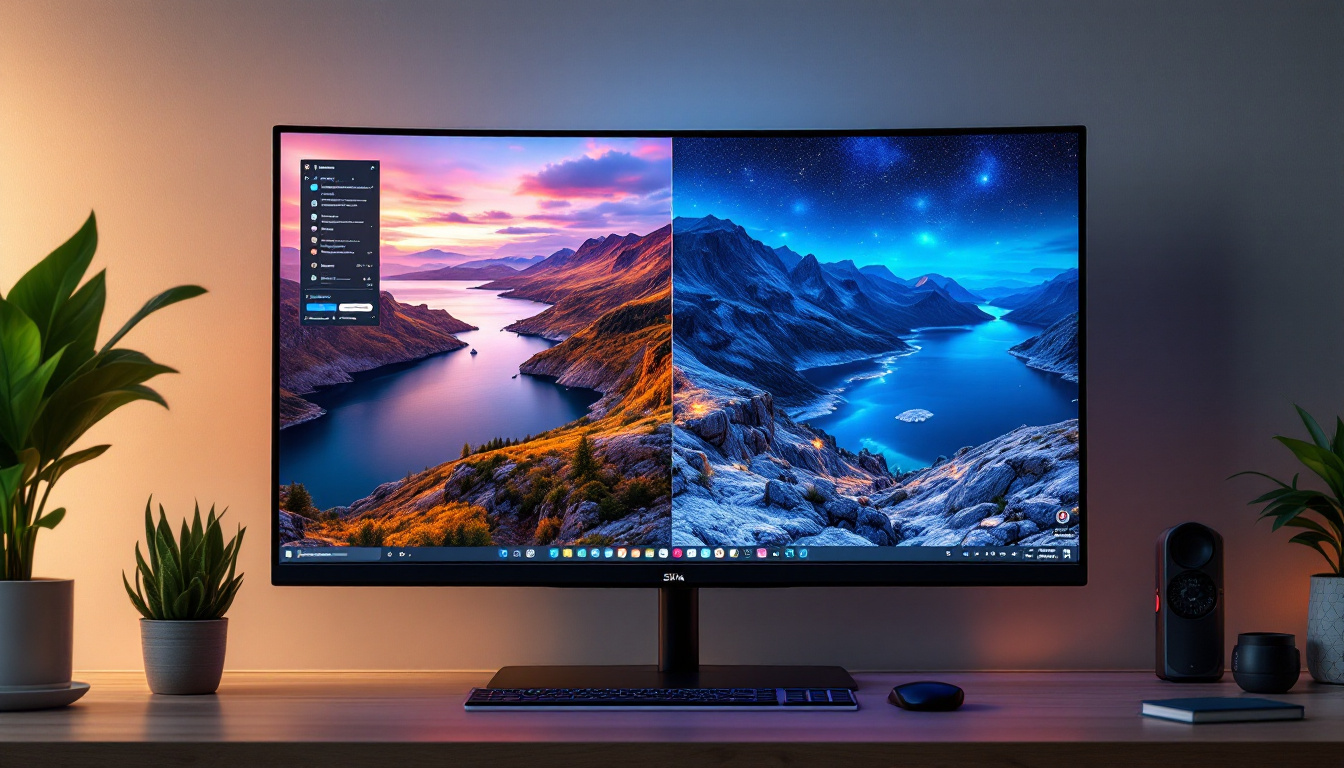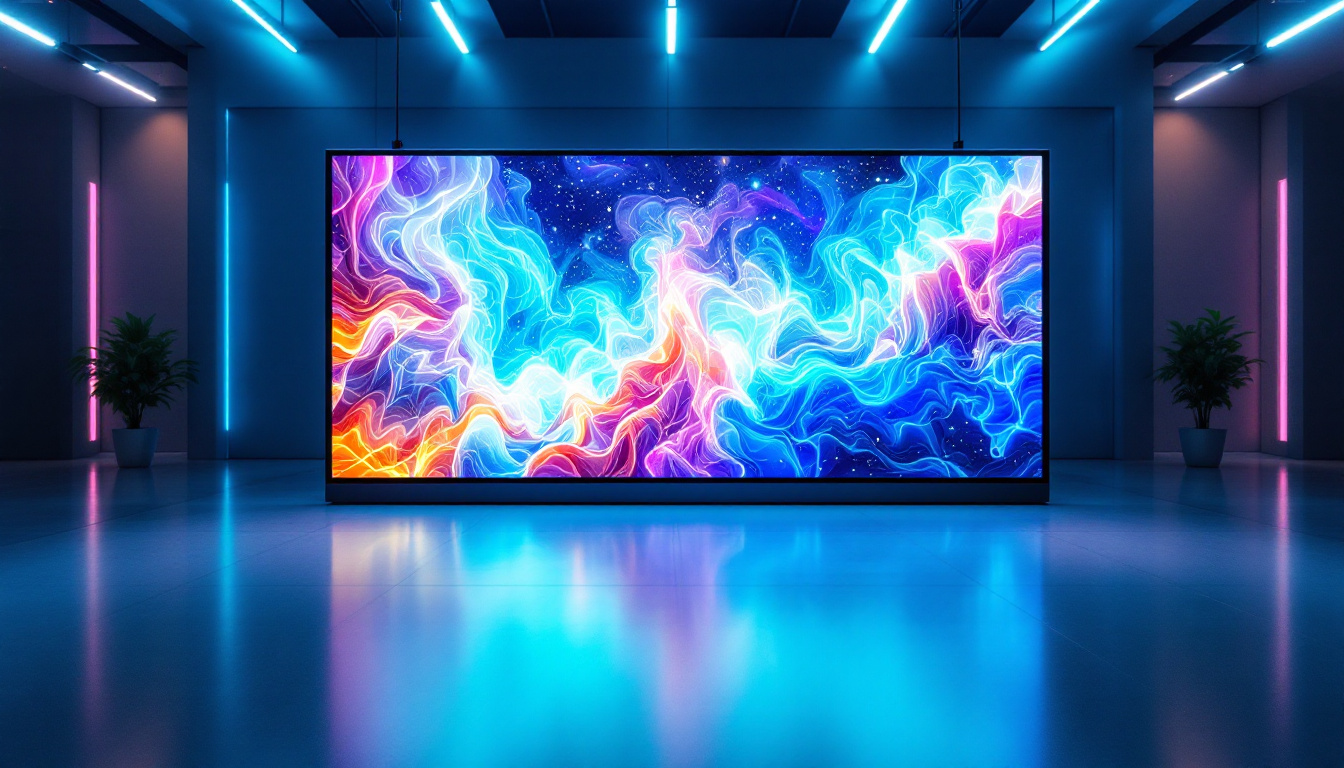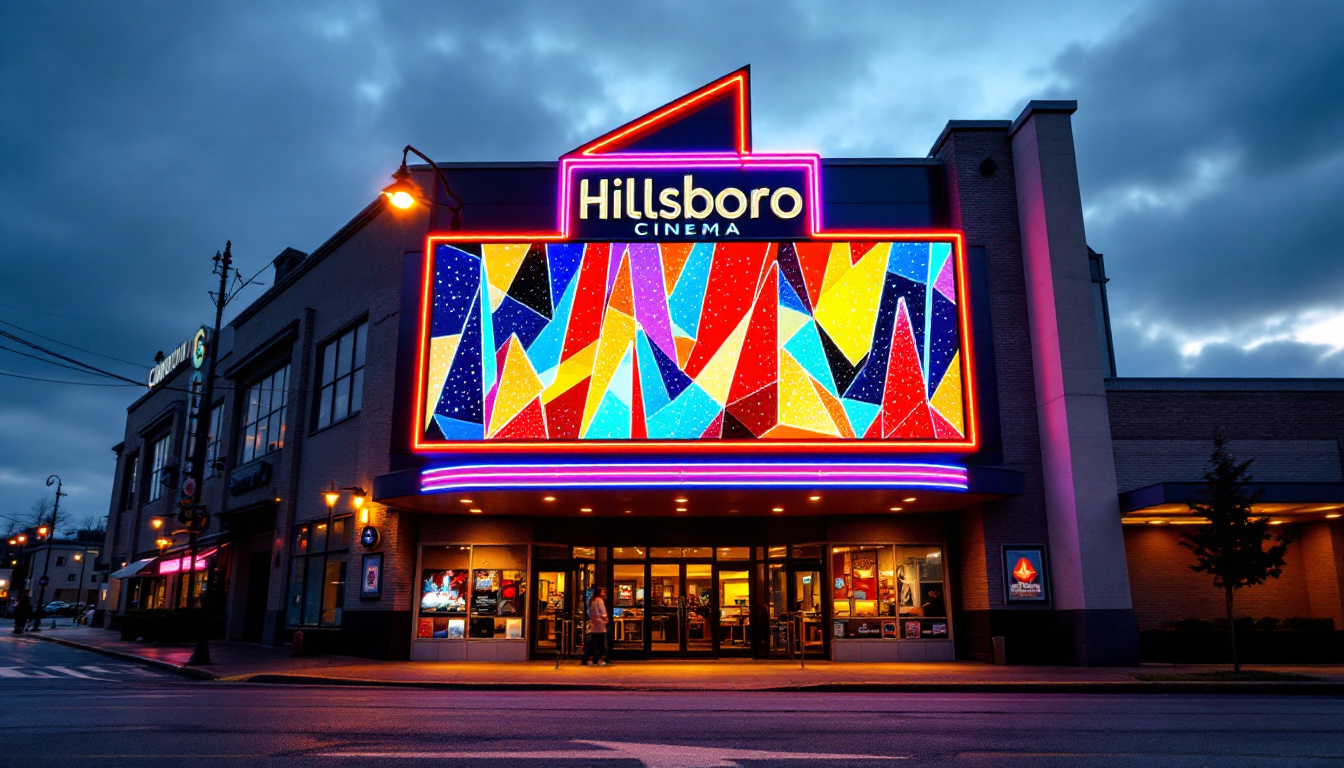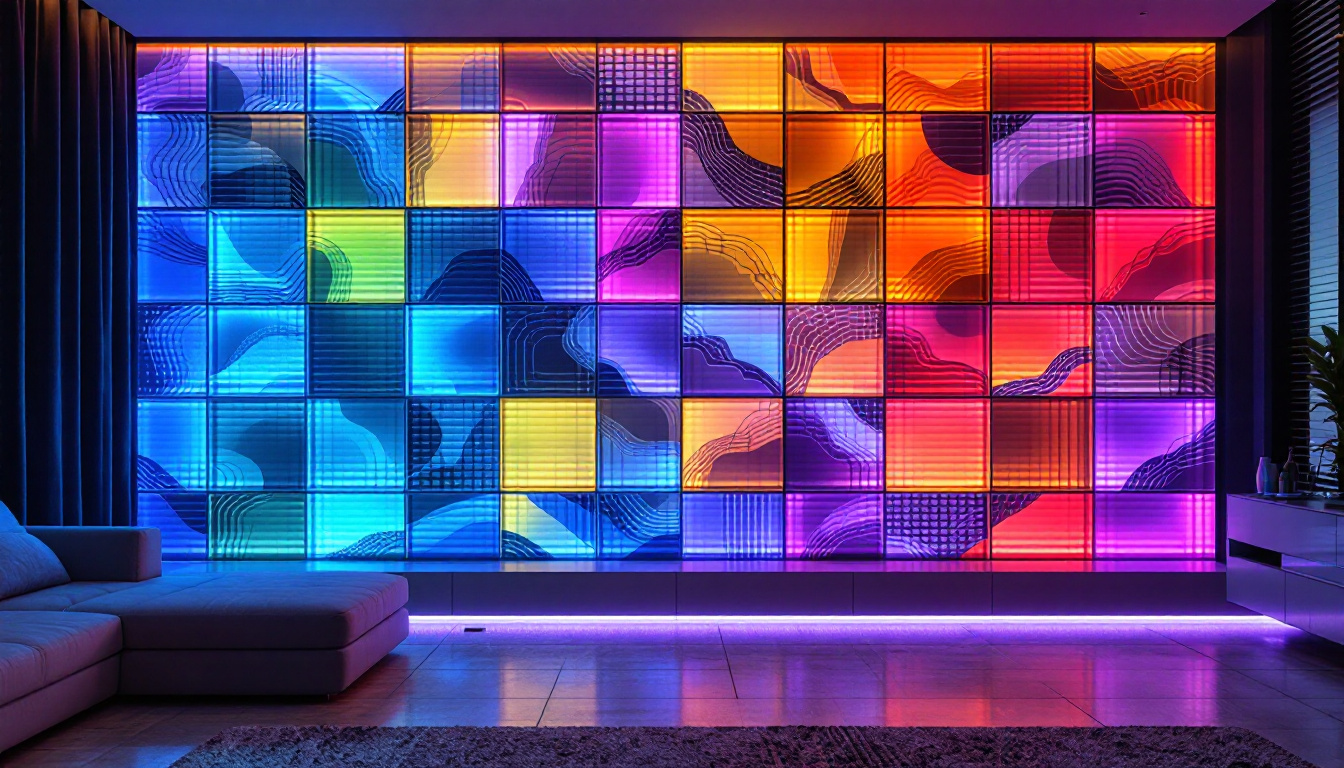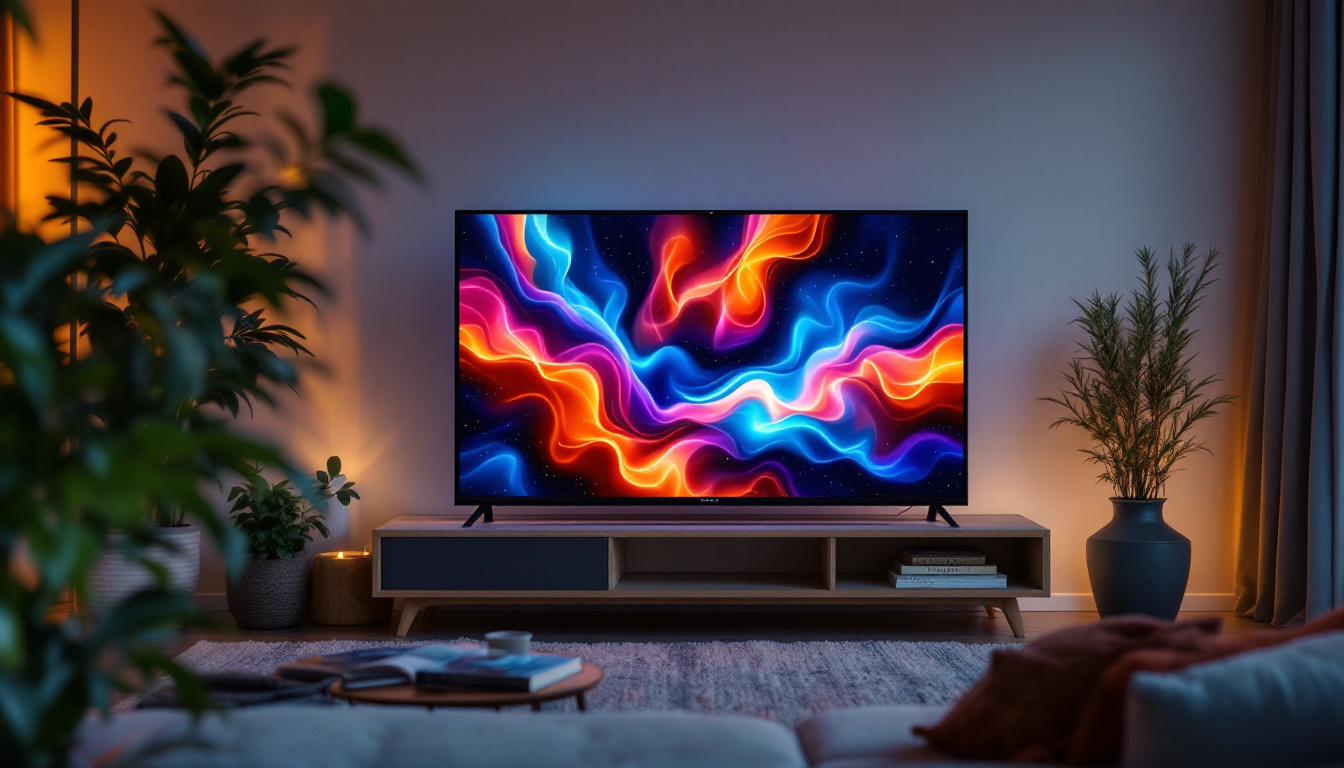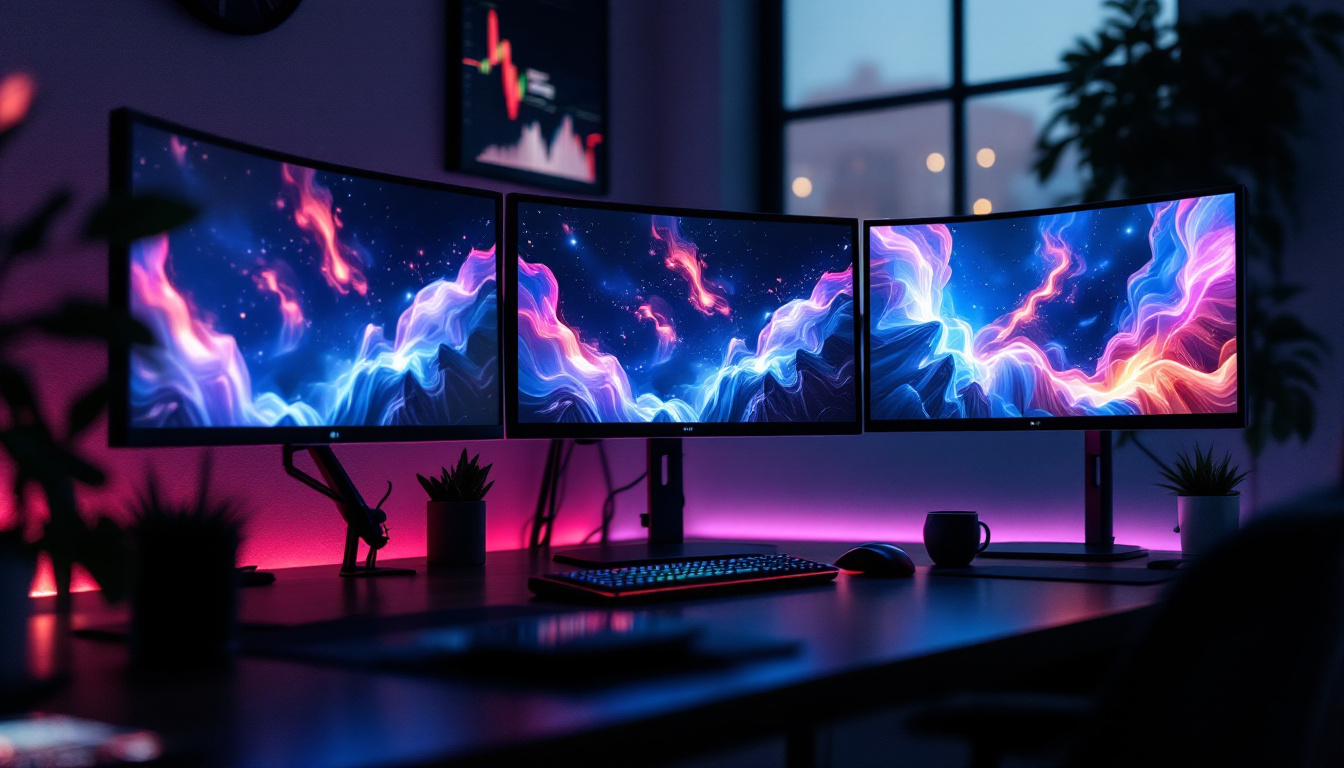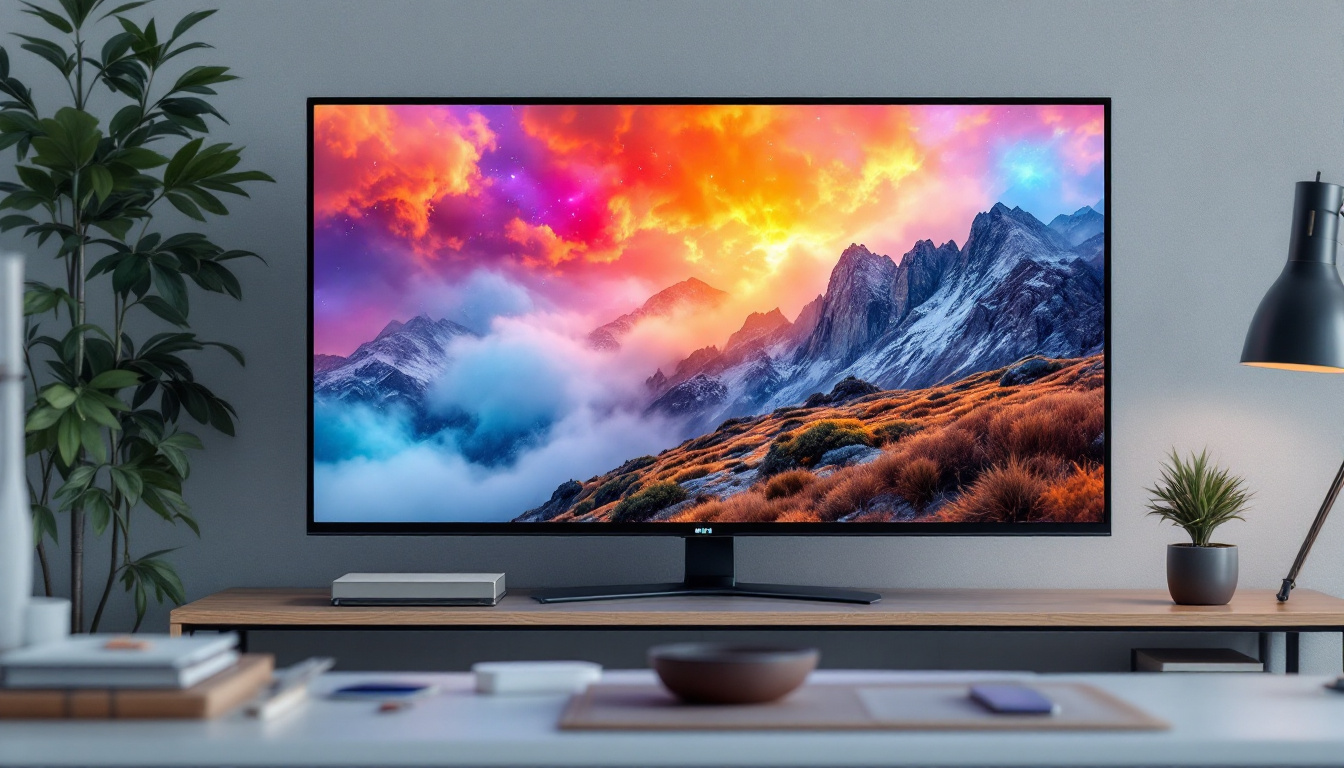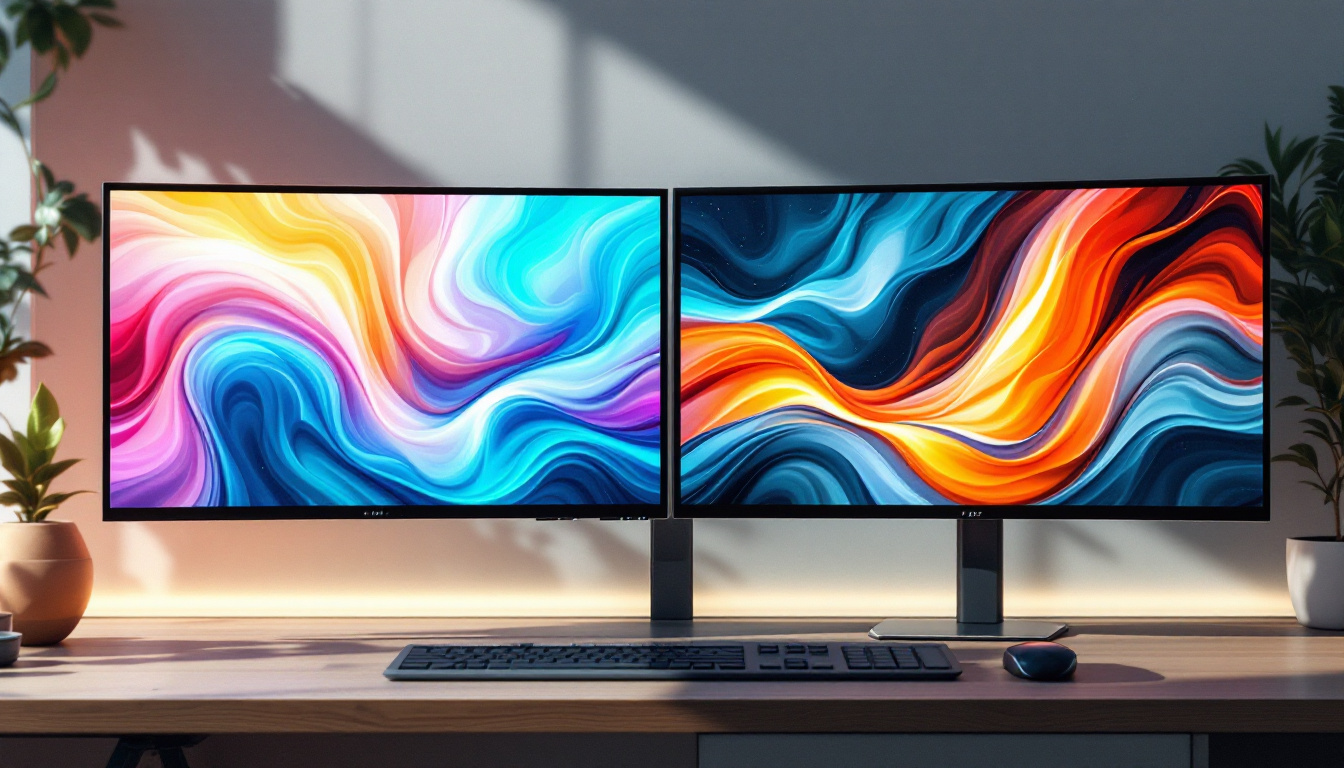Touch Screen: LED Display Explained
In today’s digital age, touch screens have become an integral part of our daily lives. From smartphones to tablets, and even large interactive displays, touch technology is everywhere. One of the most common types of displays that utilize touch technology is the LED display. This article delves into the intricacies of touch screens and LED displays, explaining how they work, their applications, and the advantages they offer.
Understanding Touch Screen Technology
Touch screen technology allows users to interact directly with what is displayed on the screen, rather than relying on traditional input devices like a mouse or keyboard. This interaction can take various forms, including tapping, swiping, and pinching, making it a versatile option for many applications. The rise of touch screens has transformed the way we engage with devices, ushering in an era of intuitive user interfaces that prioritize ease of use and accessibility.
The Basics of Touch Screen Operation
At its core, a touch screen consists of a display panel and a touch-sensitive layer. When a user touches the screen, the touch-sensitive layer detects the location of the touch and sends this information to the device’s processor. The processor then interprets the input and responds accordingly, whether that means opening an app, scrolling through a webpage, or selecting an option. This seamless interaction is made possible by sophisticated algorithms that enhance responsiveness and accuracy, ensuring that users experience minimal lag between their actions and the device’s response.
There are several types of touch screen technologies, including resistive, capacitive, and optical. Each type has its unique properties and applications, making them suitable for different environments and user needs. As technology continues to evolve, newer innovations such as haptic feedback and pressure sensitivity are being integrated into touch screens, further enriching the user experience by providing tactile responses that mimic physical interactions.
Types of Touch Screens
1. **Resistive Touch Screens**: These screens consist of two flexible layers separated by a small gap. When pressure is applied, the layers touch, creating a circuit that registers the input. Resistive screens are known for their durability and ability to work with gloves or styluses, making them ideal for industrial applications. They are often used in environments where moisture, dust, or other contaminants may interfere with other types of screens, such as in medical devices or outdoor kiosks.
2. **Capacitive Touch Screens**: Unlike resistive screens, capacitive touch screens rely on the electrical properties of the human body. They have a glass layer coated with a conductive material. When a finger touches the screen, it disrupts the electrostatic field, allowing the device to detect the touch. Capacitive screens are more responsive and provide better image quality, making them popular in consumer electronics. Their ability to support multi-touch gestures has also enabled innovative applications, such as pinch-to-zoom features in smartphones and tablets, enhancing user interaction with complex content.
3. **Optical Touch Screens**: These screens use cameras or infrared sensors to detect touch. They can be used in large displays and are often found in kiosks and interactive installations. Optical touch technology allows for multi-touch capabilities and is less affected by environmental factors. This makes them particularly useful in public settings, where users may have varying levels of familiarity with technology. Additionally, optical touch screens can be designed to accommodate larger groups of users simultaneously, promoting collaborative experiences in educational or entertainment environments.
The Role of LED Displays
LED (Light Emitting Diode) displays are a type of flat panel display technology that uses LEDs to produce images. They are known for their brightness, energy efficiency, and thin profile, making them a popular choice for various applications, including televisions, monitors, and digital signage. Their versatility has led to widespread adoption in both commercial and residential settings, transforming the way we consume visual content and interact with technology.
How LED Displays Work
LED displays work by using an array of tiny light-emitting diodes to create images. Each diode can emit different colors of light, allowing for the creation of a full spectrum of colors when combined. The diodes are arranged in a grid, and each pixel on the display is made up of multiple diodes. This intricate arrangement not only allows for vibrant color reproduction but also enables rapid refresh rates, which are essential for displaying fast-moving images without blurring.
There are two main types of LED displays: traditional LED displays and OLED (Organic Light Emitting Diode) displays. Traditional LED displays use a backlight to illuminate the screen, while OLED displays emit light directly from the diodes, resulting in deeper blacks and more vibrant colors. The self-emissive nature of OLED technology allows for greater flexibility in design, enabling curved and even flexible displays that can adapt to various environments and applications.
Advantages of LED Displays
LED displays offer several advantages over traditional display technologies, such as LCD (Liquid Crystal Display) and CRT (Cathode Ray Tube). Some of these benefits include:
- Energy Efficiency: LED displays consume less power than traditional displays, making them more environmentally friendly and cost-effective in the long run.
- Brightness and Clarity: LED displays are capable of producing brighter images, which enhances visibility in various lighting conditions.
- Thin and Lightweight: The slim profile of LED displays allows for more versatile installation options, whether mounted on walls or used in portable devices.
In addition to these advantages, LED displays also boast impressive longevity. With lifespans often exceeding 50,000 hours, users can enjoy extended periods of use without the need for frequent replacements. This durability is particularly beneficial in commercial settings, where displays may be in constant use for advertising or information dissemination. Furthermore, advancements in LED technology continue to improve color accuracy and viewing angles, making them an increasingly attractive option for high-end applications such as professional video editing and gaming.
Moreover, the rapid evolution of LED technology has led to the emergence of innovative applications, such as transparent displays and interactive surfaces. These advancements are opening new avenues for creative expression in fields like art and advertising, allowing for dynamic installations that engage audiences in novel ways. As the technology continues to progress, we can expect to see even more exciting developments that push the boundaries of how we visualize and interact with digital content.
Integration of Touch Technology and LED Displays
The combination of touch technology and LED displays has revolutionized how users interact with digital content. This integration has led to the development of interactive displays that are widely used in various sectors, including education, retail, and entertainment.
Applications in Various Industries
1. **Education**: interactive LED displays are increasingly being used in classrooms, allowing teachers to engage students through interactive lessons. These displays enable collaborative learning experiences, where multiple students can interact with the content simultaneously.
2. **Retail**: In retail environments, touch-enabled LED displays are used for digital signage and interactive kiosks. Customers can browse products, check prices, and access information quickly, enhancing their shopping experience.
3. **Entertainment**: Touch screens are also prevalent in the entertainment industry, from gaming consoles to interactive exhibits in museums. These displays create immersive experiences that captivate audiences and encourage participation.
Challenges and Considerations
While the integration of touch technology and LED displays offers numerous benefits, there are challenges to consider. For instance, the durability of touch screens can be a concern, particularly in high-traffic areas or environments where they may be exposed to moisture or dirt.
Additionally, the responsiveness of touch screens can vary based on the technology used. Capacitive screens may not work well with certain gloves, while resistive screens may not provide the same level of clarity as their capacitive counterparts. It is essential to choose the right technology based on the intended application and user needs.
Future Trends in Touch Screen and LED Display Technology
The future of touch screen and LED display technology is bright, with ongoing advancements promising to enhance user experiences further. Innovations in display resolution, touch sensitivity, and interactivity are set to transform how users engage with digital content.
Emerging Technologies
1. **Flexible Displays**: The development of flexible LED displays is on the rise, allowing for innovative designs and applications. These displays can be curved or bent, enabling new possibilities for product design and installation.
2. **Augmented Reality (AR)**: The integration of touch screens with augmented reality technology is opening up new avenues for interaction. Users can manipulate 3D objects displayed on LED screens, creating immersive experiences in fields such as education, training, and entertainment.
3. **Advanced Touch Sensitivity**: Future touch screens are expected to feature enhanced sensitivity, allowing for more precise interactions. This could include pressure-sensitive touch capabilities, enabling users to perform different actions based on the amount of pressure applied.
Conclusion
Touch screens and LED displays have transformed the way individuals interact with technology, offering intuitive and engaging experiences across various applications. As advancements continue to emerge, the potential for these technologies to enhance user interaction and engagement is limitless. Understanding the fundamentals of touch screen technology and LED displays is essential for anyone looking to leverage these tools in their personal or professional endeavors.
As society moves toward an increasingly digital future, the integration of touch and display technologies will undoubtedly play a pivotal role in shaping how users connect with the world around them. Whether in education, retail, or entertainment, the combination of touch screens and LED displays will continue to evolve, providing innovative solutions that meet the demands of modern users.
Explore Cutting-Edge LED Display Solutions with LumenMatrix
Ready to elevate your visual experience? Discover the innovative world of LumenMatrix, where our advanced LED display technology brings your content to life. From vibrant Indoor and Outdoor LED Wall Displays to dynamic Vehicle and Sports Displays, our solutions are designed to captivate and engage. Experience the future of digital signage with our LED Poster Displays, Floor Displays, Custom Solutions, and more. Embrace the power of visual communication with LumenMatrix and transform your space into a mesmerizing digital canvas. Check out LumenMatrix LED Display Solutions today and see your vision become a brilliant reality.





